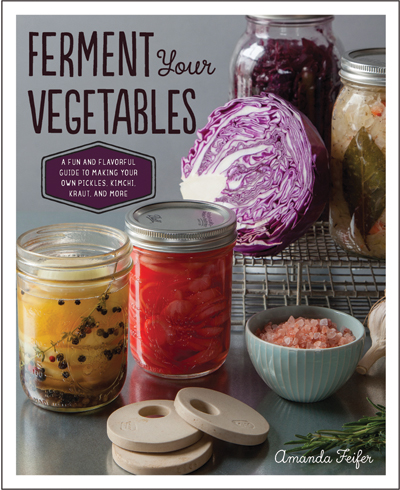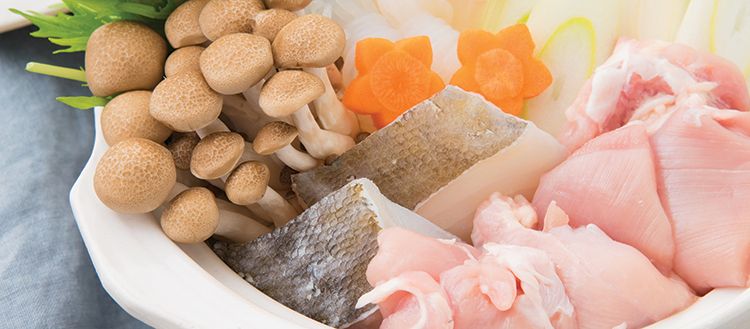interview by Katie Bohri
Eager to excite your palate and shake up your kitchen routine while adding nutrition and probiotics to your diet? Check out Philadelphia fermenting guru Amanda Feifer’s new book Ferment Your Vegetables. With time, a few vegetables, water and salt—key to keeping bad bacteria at bay—you can make vegetables last longer and taste better, all while increasing their nutritional punch. Feifer’s book covers the basics for a beginner and has plenty to offer the experienced fermenter, from classic pickles to imaginative recipes like “Mac and Kimcheese.” We asked Feifer some of the first questions a novice to fermenting might have, and learned that the age-old preservation technique is incredibly safe, and infinitely rewarding. And did you know that chocolate is a ferment?
How did you get your start in fermenting?
AF: It’s a complicated answer. Technically, I started a long time ago by making sourdough bread, and yogurt, and vinegar, but I didn’t know that what I was doing was fermenting. I really started five years ago when I quit my job and read Wild Fermentation by Sandor Katz.
What’s your favorite recipe in this un-cook book?
AF: One that I think is uncommon and that I really think is delicious is the sauerkraut satay. It’s my version of cold sesame noodles, and it’s full of sauerkraut.
What does a novice need to get started fermenting?
AF: A novice needs nothing. Really, just some kind of container, some kind of vegetable—nothing too watery, stick with carrots, beets or radishes—and a little salt and gumption.
What advice would you give someone who’s interested in fermenting?
AF: The best advice you can give to anybody who is starting to contemplate fermenting is to just do it. There’s so many resources out there. There’s no record in history of any human getting a food-borne illness from fermenting. The likelihood that you would be the first is small.
There’s a great scientific debunking of the fear of germs in the beginning of the book. How big a barrier to entry is this unfounded fear of germs?
AF: It’s enormous; fear of germs is enormous in our culture. In other countries, people let food sit out a lot—even things I would feel uncomfortable leaving out. Fermenting teaches us that we can use our eyes, ears and nose to tell us if a food is bad.
What are some foods people may eat regularly, but do not know are ferments?
AF: Chocolate, for sure. Cheese, bread, beer, wine and vinegar are others. It’s pretty hard to get through a day without consuming a ferment.
It sounds like all the delicious foods are ferments!
AF: I like to say that if it makes your mouth water, it probably is—or used to be—a ferment.
Pick up Amanda Feifer’s Ferment Your Vegetables at Fante’s Kitchen Shop, the Philly Homebrew Outlet and at major retailers.
***Note from the author: “It’s not that there has never been a case of foodborne illness related to fermenting, it’s that there’s never been a case of foodborne illness relating to fermenting vegetables. Vegetable fermentation is extraordinarily safe and almost (note the qualifier) foolproof. Other types of fermentation (specifically meat fermentation for things like salami) can be risky if not done with some instruction and expertise, and people have become sick from eating other types of fermented foods.”












